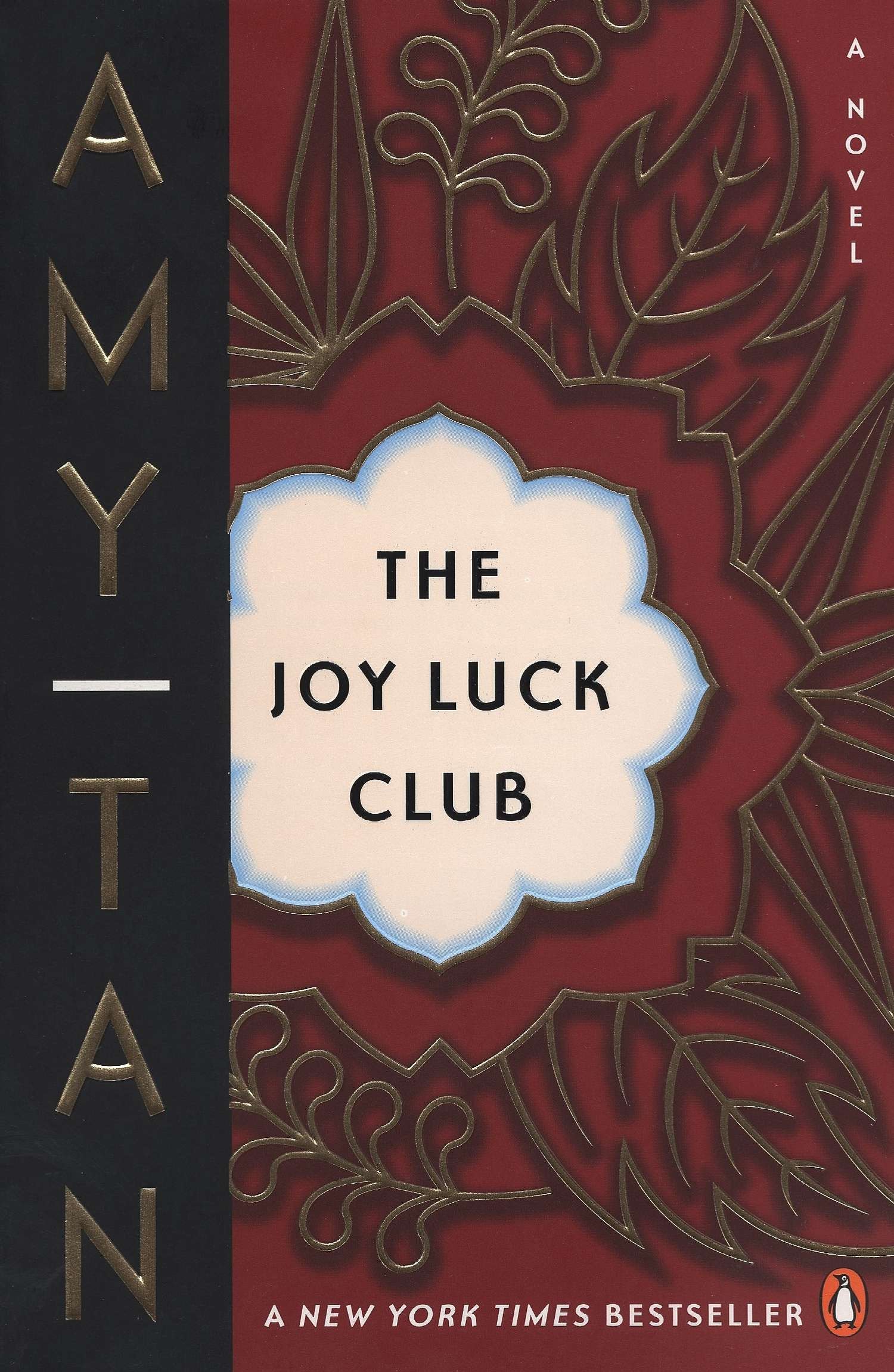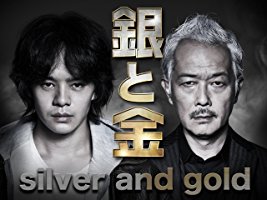Mahjong In Media: Books, TV, & Movies
Consume Western media long enough and you are bound to catch a glimpse of mahjong, usually depicted in the background of a scene and in the context of Asian-Americans, some city’s “Chinatown” district, or Jewish American’s on the East Coast. Over the past decades tiles have been shuffled on Columbo, Seinfeld, and The Simpsons, Annie Hall, and Driving Miss Daisy. Mahjong rarely rises above set dressing on screen though.
Obviously card games got the greater worldwide share, card decks being portable, versatile, and fairly universal. The French suited card deck is the basis for the most internationally recognized 52 card deck. While the oldest recorded playing cards originated in China (and were also used to replace illicit mahjong tiles in China during the Cultural Revolution of the 1960’s and 70’s), European colonialism spread their cultural influences across the globe and which remain a part of the social fabric today.
I share the above digression to illustrate the challenge that any ancestral game of one continent might have finding broad acceptance in another where a local equivalent already exists. Not to reach too far, but this mirrors the challenges that immigrants to such areas also had finding acceptance, and instead created social communities around the traditions most familiar to them. Nowhere is this more prominent than in America among the Jewish-American communities of the East Coast, and the Asian-American communities of the West Cost, both of which respectively adopted or incorporated mahjong as a cornerstone.
Dr. Annelise Heinz, currently of University of Oregon, is an Assistant Professor of History who has focused her doctorate studies on the history of mahjong and its cultural significance in America. Her personal page offers a summary of her methodology, as well as a collection of links to videos and articles from her work. Obviously her scholarly work can do more to explain this than I can here, so I recommend taking in what is available.
In context of Western media, I have shared just a few of the most notable and more recent examples of how mahjong has surfaced and been represented.

Books
Joy Luck Club — Obviously we can’t ignore the perennial work of Amy Tan, first published in 1989.
Movies
Joy Luck Club — 2002 film adaptation of Amy Tan’s novel of the same name.
Crazy Rich Asians — The film gets a mention due to the infamous “Mahjong Scene”. Although based on the novel by Kevin Kwan (pub. 2013), the mahjong scene is unique to the movie.
TV

Silver & Gold — (Amazon Prime Video – Subbed) Adaptation of Nobuyuki Fukumoto’s manga “Gin to Kin” Later episodes of the season feature riichi related story.
Mahjong and the West — (Amazon Prime Video) Handful of scenes featuring mahjong in a rural Wyoming town.
Fresh off the Boat — (Hulu) Mahjong shows up periodically in episodes.
And just for fun, here’s a crazy commercial featuring Arnold Schwarzenegger in a Japanese ad opening at a riichi table!
Raaaahn!
(There’s a pretty hilarious series of Japanese Arnie commercials on YouTube.)
